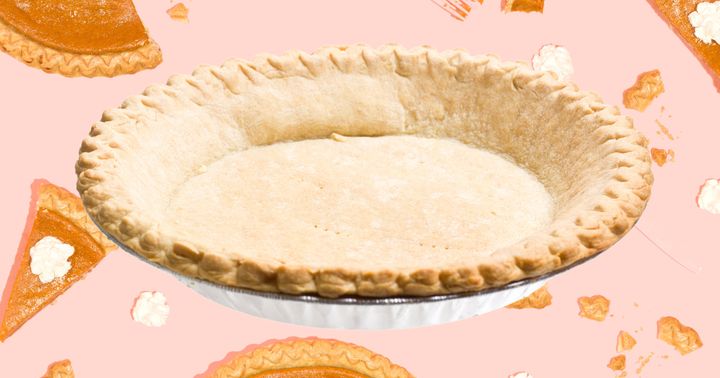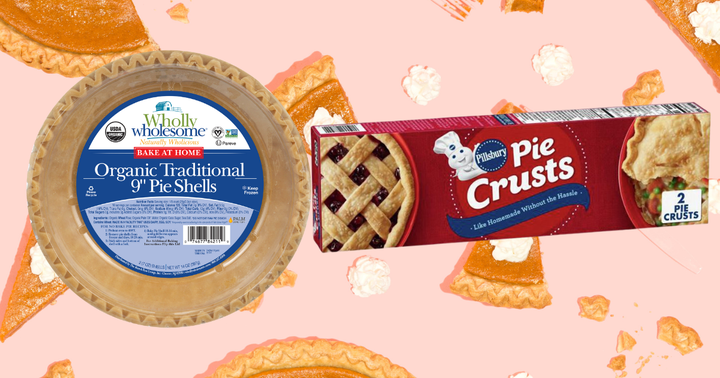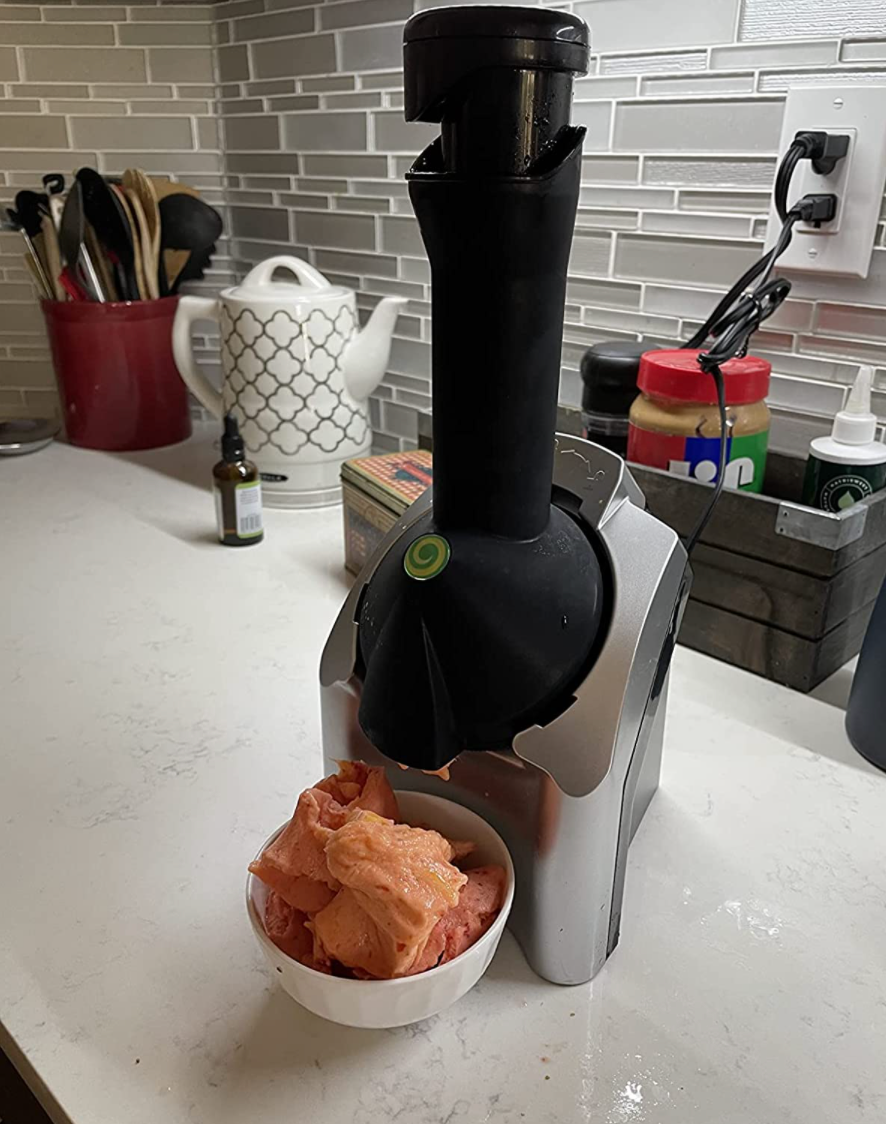
“The Great British Bake Off” fans know that the worst thing to happen to a pie is the soggy bottom, aka the leaky, imperfectly baked pie crust. While in an ideal world we make pie dough from scratch, most of us don’t have the time or skill to do so. This is where pre-made pie dough comes in.
But there’s a Russian roulette of choices: Some are too sweet, some fall apart too easily, some are just downright oily. HuffPost spoke with chefs and food scientists about what to look for, what to avoid and how to choose the best pre-made pie dough.
What To Avoid
If you make pie dough at home, you may be familiar with the easy-to-remember formula of 3 parts flour to 1 part fat. Food manufacturers modify this ratio, pushing it to 2-1 or 1-1 for ease of manufacturing and use, according to Karen Scaich, a professor in food science at Rutgers University.
“Higher amounts of fat generate doughs that are easier to handle raw and to reproduce each time, but can also give them very greasy, fatty flavors, and sometimes can even release fat or oil from the dough,” Scaich said. (You can see how common this is by reading consumer reviews of commercial pie doughs. Along with comments like “this has great flavor” are gripes like “too oily — inedible.”)
Higher fat ratios not only cause a greasy flavor, but create structurally unsound pie dough — the soggy bottom that would get you booted off “GBBO” in a heartbeat.
“They also give weaker doughs during baking — there is a lower proportion of gluten matrix to hold the liquified fat and the dough shape in the molten state,” Schaich said. “One result is dough flopping over during blind baking.”
While we may not associate protein with pie dough, Schaich said products with low protein should be avoided, as the dough will crack and tear more readily. To create a firm crust, the dough needs adequate amounts of protein. One medium-protein dough on Schaich’s list is Trader Joe’s.
Rhoda Boone, the culinary creative director for Made In, recommended steering clear of pre-rolled pie doughs in aluminum tins.
“Doughs that are rolled or pressed too thin dry out rapidly, then crack when handling and baking,” Schaich said.
What To Look for
Read the ingredient list. Fat creates texture — either flaky and light, or short and oily — depending on which type is used. Schaich recommends a pie dough that uses a combination of butter and lard.
“If the taste is most important and you don’t like oily flavors, look for a brand that has a fat or oil whose flavor you like, and has lower total fat, higher percentage of saturated fat, and contains some (but not all) butter,” Schaich said. “If flaky texture is most important to you, look for a dough that contains a lower ratio of fat to protein, but has a higher proportion of saturated fat. If animal fats are not a problem, products containing some lard or stearin (beef fat) will usually give firm, flaky crusts.”
Boone said she prefers pie dough “you can roll out yourself and place inside a higher quality pie dish for baking.”
“The pie dough sold in an aluminum tin never browns how I want it to,” she said. “I also look for a brand with at least some butter in the ingredient list, which I think tastes better and creates a flakier crust.”
Consider frozen pie dough instead of the refrigerated type, advised chef Dario Jurcevic. The freezer gives the dough a longer shelf life and eliminates the need for extra ingredients like preservatives.
“Stay away from products that have enriched flours or other preservatives,” Jurcevic said. “The extra ingredients may negatively affect the taste of the whole dish.” Just remember to thaw frozen dough before working with it by sticking the pastry in the fridge overnight.
Check the weight of the pie dough to ensure it will fit in your pie dish. Jurcevic said premade doughs should weigh 7 to 12 ounces (220g-350g) to fit in a regular pie dish.
The Best Store-Bought Pie Dough

“I’ve had success with Trader Joe’s brand in a pinch,” Boone said. “It contains some butter and is forgiving to beginner dough rollers, as it stays pliable without much cracking. Most importantly, the size is generous enough to fit into my favorite pie dish, with enough dough left over to add a decorative crimp.”
With rich flavor and flaky texture, the Wholly Wholesome traditional organic pie shells are Jurcevic’s top choice.
“Great taste, comes in a pre-formed tin, not soggy, does not crack during par bake and holds up well for a few days after,” Jurcevic said. When shopping for a pre-formed pie shell, always check to ensure the dough isn’t cracked.
You may already be a fan of Pillsbury pie crust, according to baker and photographer Sarah Farmer, who explained that high-production bakeries typically use that brand instead of making hundreds of tart shells from scratch.
“It’s a proven product, many of us in our lifetimes have had that crust and it’s good,” Farmer said. “It’s as close as you’re going to get to homemade.”
A tip from Jurcevic for working with dough sheets: Take the crust out of the fridge 10 to 20 minutes before rolling to prevent cracks and tears. Room-temperature dough is much easier to work with.
